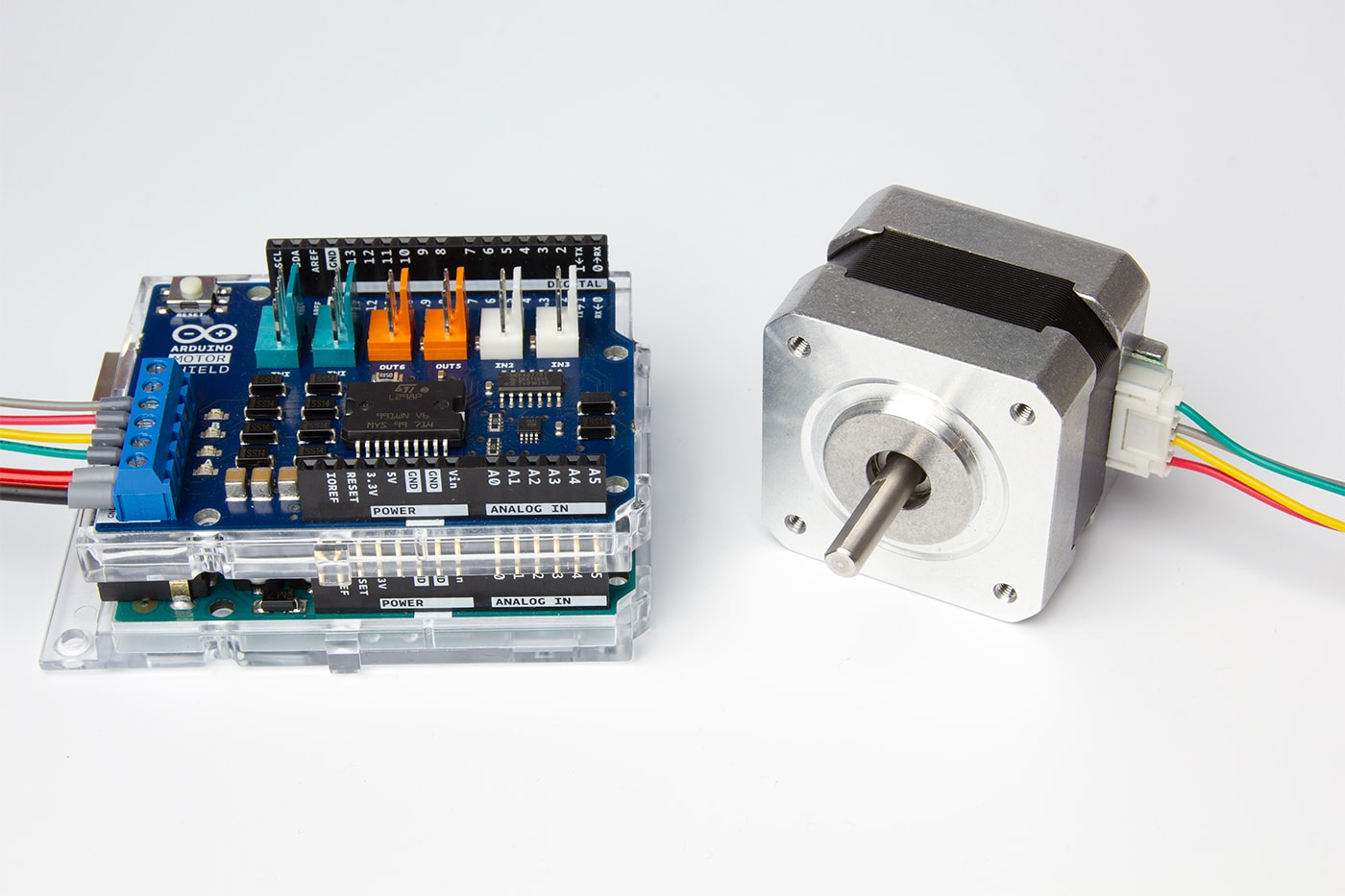Control Methods For Stepper Motors
In stepper motor systems, if the available
motor torque is not adequate to overcome the load, the motor will stall or skip
over one or more pulses, creating a difference between the desired position and
the actual position reached. To avoid this, stepper motors are often oversized
to ensure there’s a large margin between the worst-case load torque and the
motor’s available torque. But there is an alternative to oversizing the motor.
By adding an encoder and operating in closed-loop mode, stepper motor systems
can achieve position monitoring and control much like servo motors.
The most straightforward way to operate a
stepper motor in closed-loop mode is to compare the theoretical position which
should have been reached based on the number of steps, with the actual position
reached based on the encoder feedback. If there is a difference between the
target and actual positions, the controller initiates a correction move.
While the above method is reactive,
correcting the motor’s position after completion of the move, a closed loop stepper motor can also continuously
monitor the difference between the position steps and the encoder feedback
(which is typically mounted on the load). With continuous feedback,
compensation can be done in real-time, by increasing the pulse rate,
temporarily increasing the current, or adjusting the step angle.
A third method for operating stepper motors
in closed-loop mode employs sinusoidal commutation. If the rotor and stator
magnetic fields are not properly aligned, the encoder adjusts the motor current
to exactly match the torque needed to move or hold the load. Because the
feedback is used to control torque by manipulating the motor current, this mode
is sometimes referred to as servo control. In servo control mode, the nema 23 stepper motor is essentially acting like a
high-pole count servo motor, but without the noise and resonance that
traditional stepper motors exhibit, providing a much smoother movement and more
precise control. And with current that is dynamic, rather than constant as in a
traditional stepper, the problem of motor heating is largely avoided.

Comments
Post a Comment